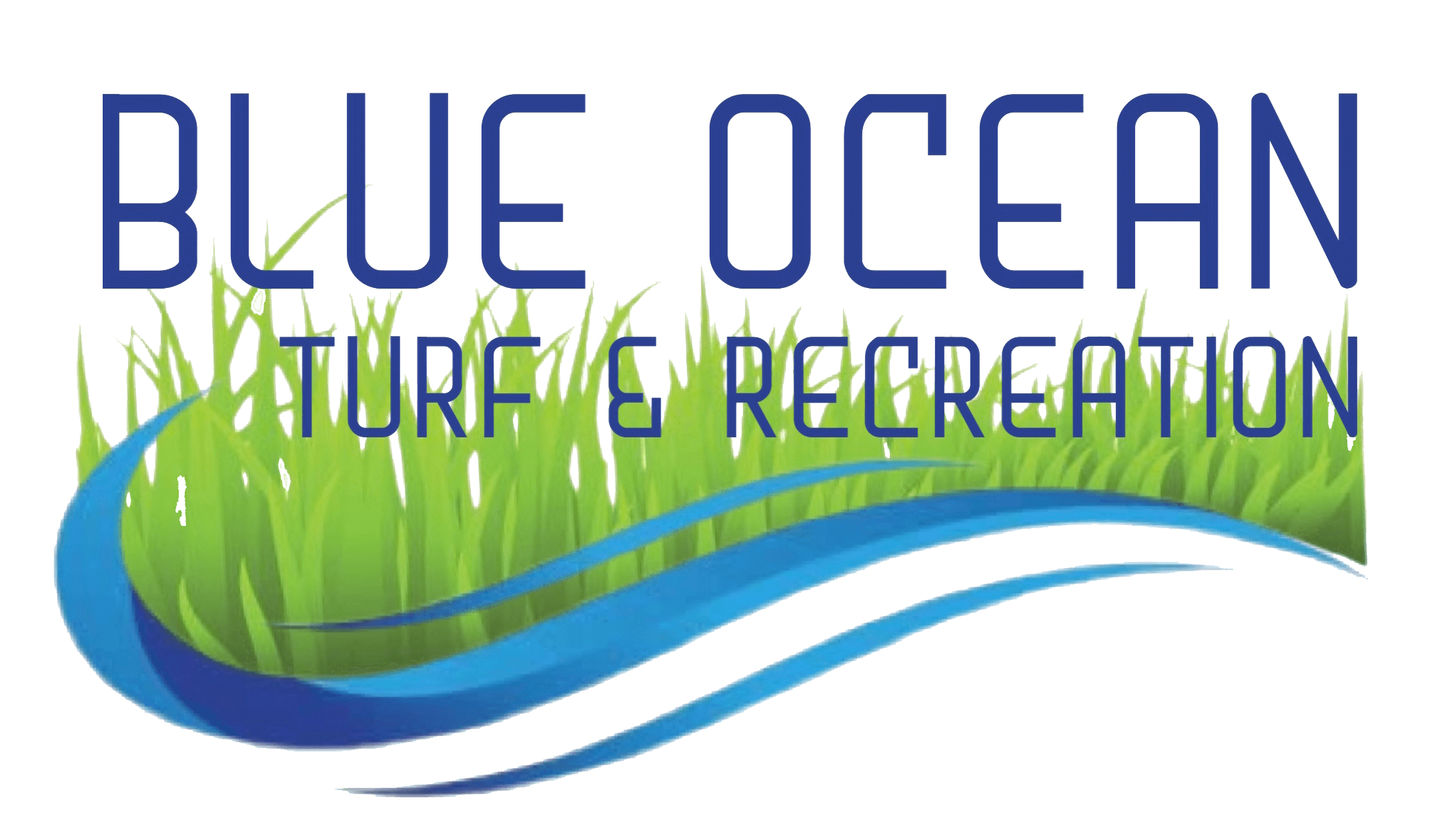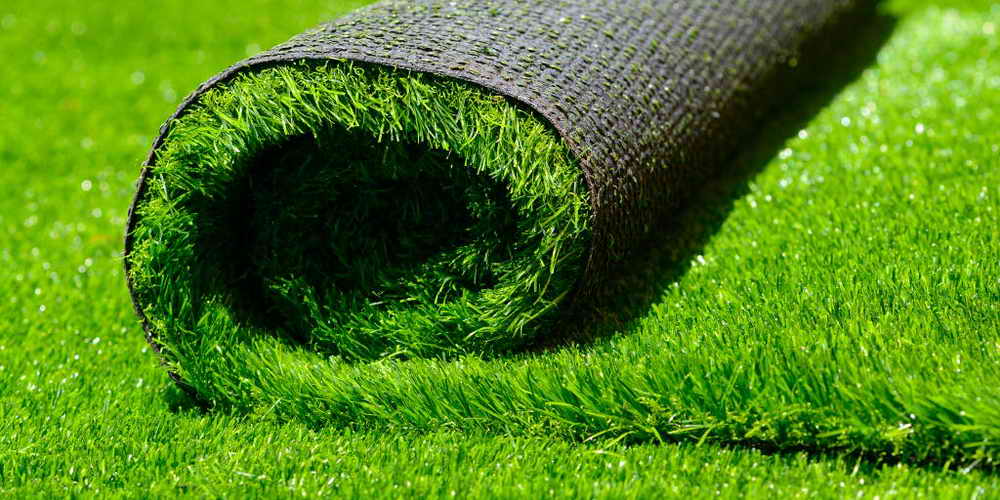Are you in the process of building a residential or even a commercial property, and considering for long-lasting and aesthetic look garden? For some years, more and more commercial and residential property owners are enjoying the benefits of artificial grass / synthetic turf for landscaping. But what is artificial or fake grass? How many types are there? Which artificial grass types are suitable for you? If you have never heard of it before, let us explain it to you.
What is Synthetic Turf / Fake Grass?
Synthetic turf means turf or artificial grass which is fabricated with “synthetic fibers” (human made fibers from natural resources) and have much more resemblance to natural grass. These synthetic fibers are usually made from nylon, polypropylene or polyethylene and are connected to backing material just in the same way as carpet. It is now being used extensively in commercial, residential lawns, balconies, roof decks, terraces, pool areas and sport arenas.
What Are The Different Types of Artificial Grass?
On the basis of synthetic fibers made, there are mainly 3 types of artificial grass/synthetic turf. However, not every type of artificial grass or turf is the same. It is very important to you to know about the types and qualities of different types of artificial grass before installing. This information help you to choose a type that works the best with your natural environment, and that suits your personal perception.
Nylon:
- Nylon turf is the most durable and most expensive synthetic turf.
- It is extremely resilient (spring back) and it retains its original shape due to its stiffest blades even under hard athletic play or high foot traffic areas.
- It’s the great option for homeowners living in sunny, hot climates as it is arguably UV radiation resistant. It never become hot, won’t deteriorate and fade in the harsh Arizona sun.
- Nylon turf is very long lasting and abrasion-resistant, it can’t be worn away by friction or rubbing and has the ability to withstand excessive weight while still retaining its original shape.
- Nylon synthetic turf is an ideal solution for dog or pet play area, commercial use, putting greens, roof decks, schools and nurseries and public places.
Polyethylene:
- Polyethylene is most expensive, and realistic- looking synthetic turf. It offers the most natural texture as it is vibrantly green, soft to touch, still very resistant.
- No doubt, it is significantly more durable and can withstand heat and can take the wear and tear of a busy lawn more than other artificial grass options.
- It is especially durable when combined with nylon as a secondary thatch, which makes it ideal for athletic fields, too.
- Many homeowners love to install polyethylene artificial grass for landscaping because of its soft touch.
- Polyethylene turf is non-porous and therefore extremely resistant to water absorption, means it does not retain odors or waste from animals and an ideal solution for pet play area.
- Polyethylene artificial grass is an ideal solution for all types of applications, including landscape edging, pool areas, outdoor play spaces such as baseball, soccer, football and entire synthetic lawns.
Polypropylene:
- Polypropylene is inexpensive and highly flexible, thinnest and softest and the most realistic looking artificial grass.
- Polypropylene is very resistant to absorbing moisture and can be produced in woven sheets for additional strength. These 2 factors make it more suitable backing for many artificial grass products.
- Although polypropylene turf is least durable, least resilient and least heat resistant, but due to its softer role, is popular option for residential putting greens.
- Polypropylene artificial grass is also famous with people who want to use affordable, lightweight artificial grass for creative indoor and outdoor projects.







